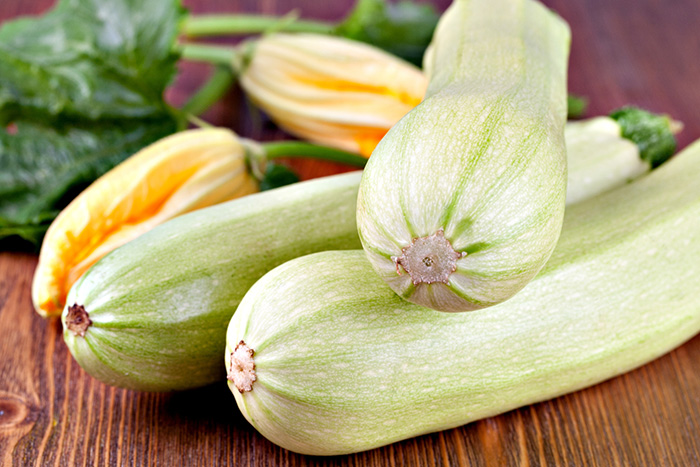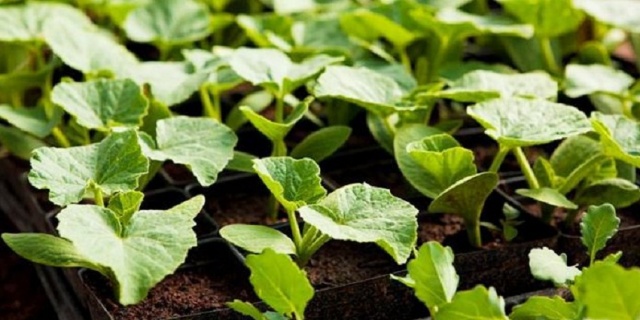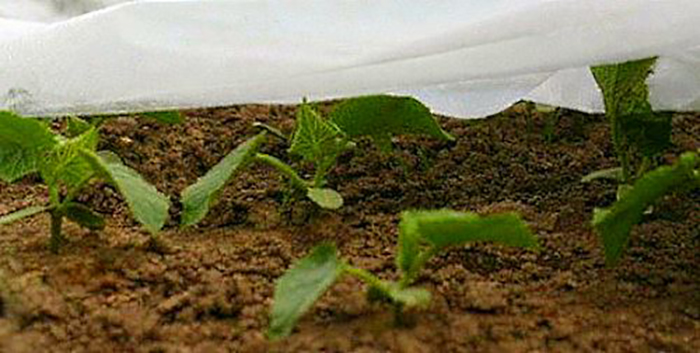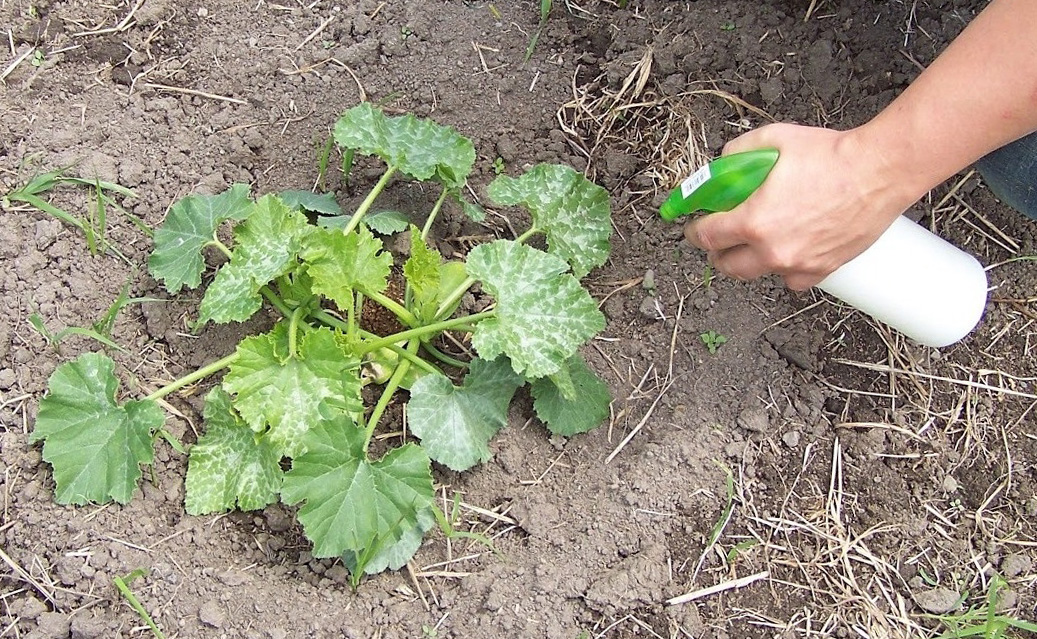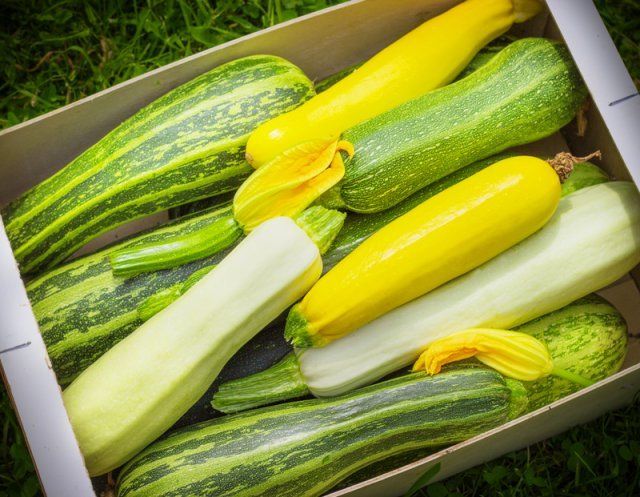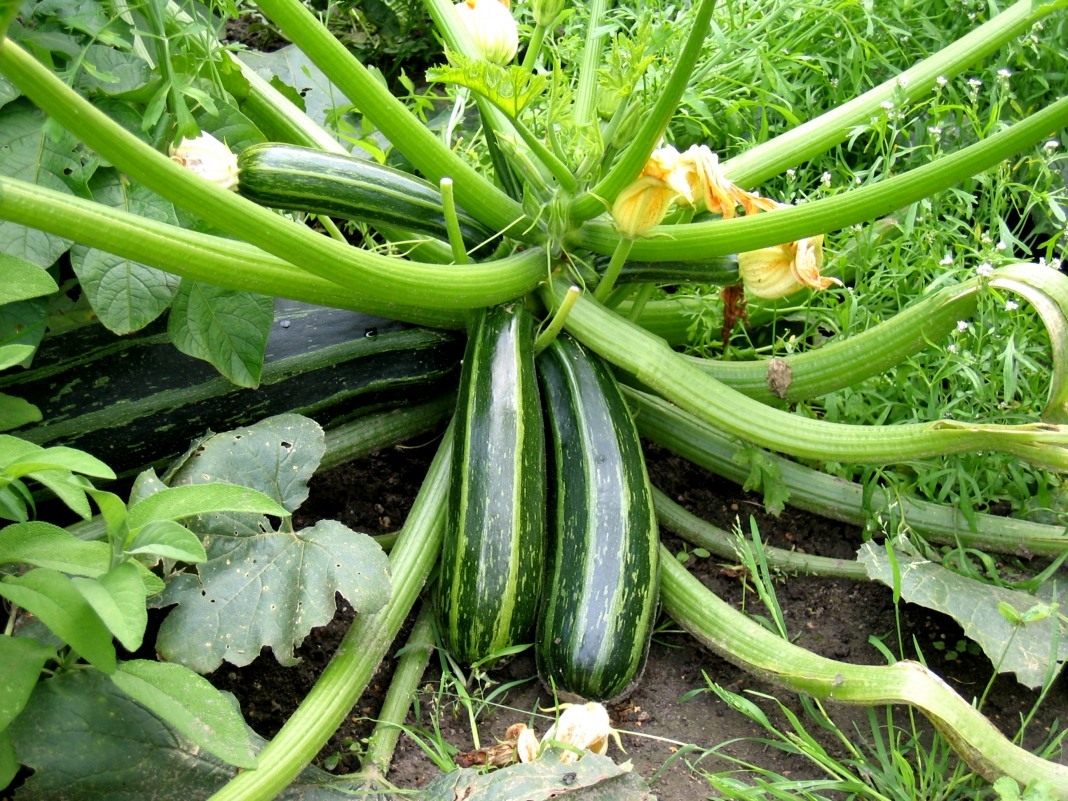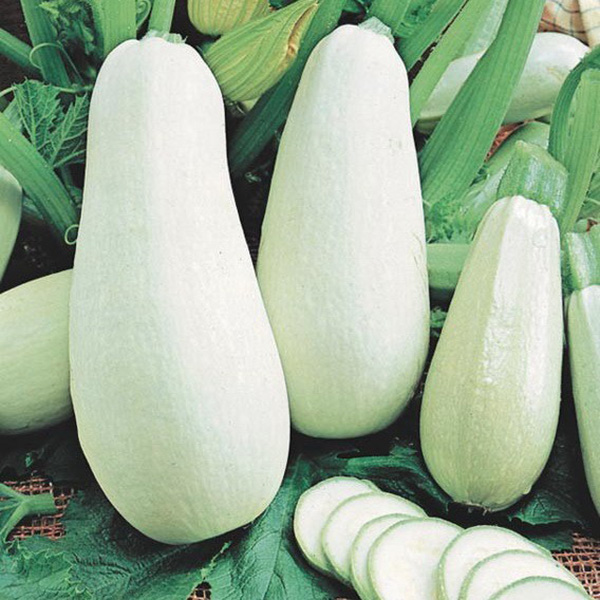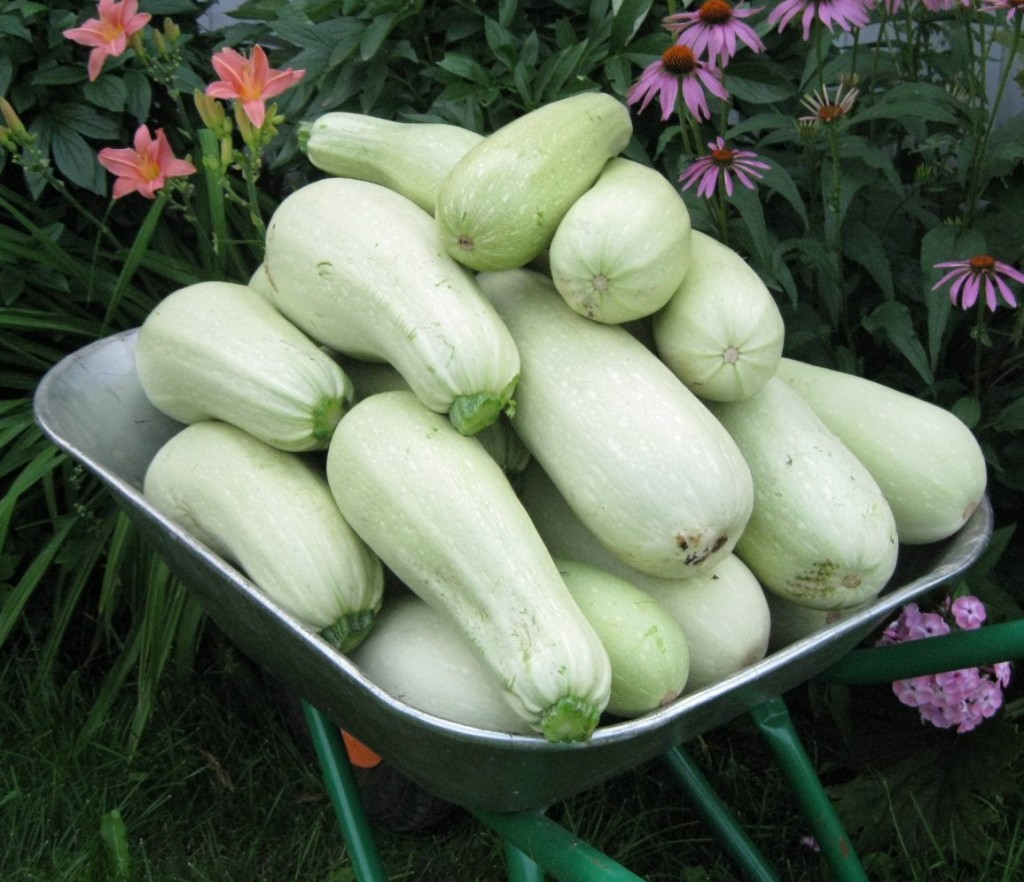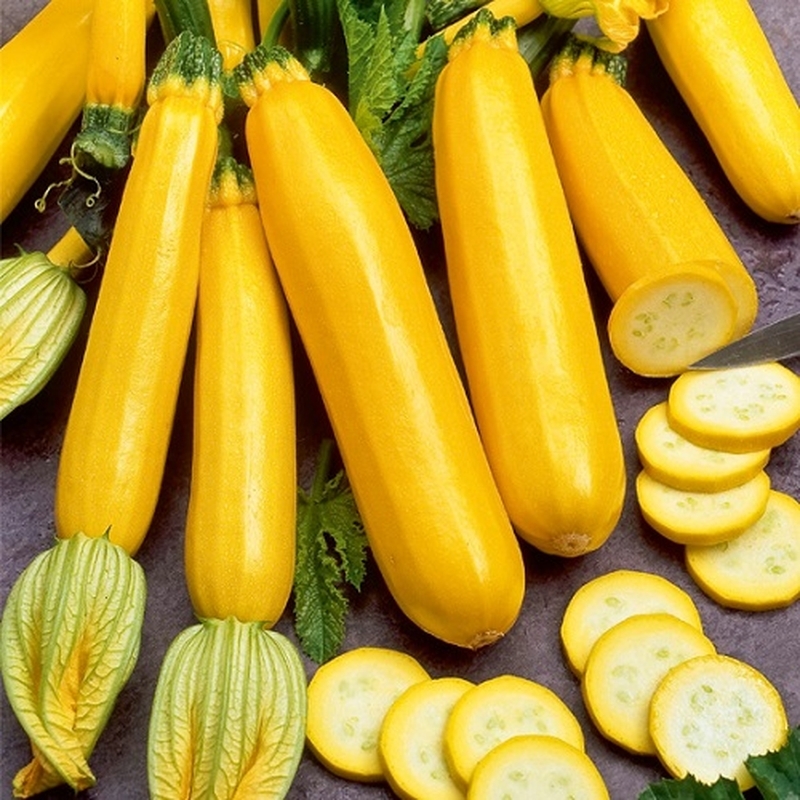Content:
One of the most popular zucchini varieties cultivated in many Russian regions is the Yakor zucchini. The vegetable is grown outdoors and ripens very quickly, about 40 days after the cotyledons appear. The plant does not branch much and looks very compact. Breeders and gardeners recognize zucchini as one of the most versatile and easy to care for plants. It is unpretentious, does not require special growing conditions and has a high yield. Almost no Russian vegetable garden is complete without this delicious vegetable that is applicable in many dishes. In the publication we will learn how to grow an Anchor zucchini, consider the description and characteristics of the variety.
Description and characteristics of the zucchini variety Anchor
The State Register of the Russian Federation describes in detail the variety and characteristics of all varieties grown in the country. This information is available on the Internet. Zucchini Anchor was included in the State Register more than 30 years ago. This is one of the most popular varieties, highly appreciated by breeders since the days of the Soviet Union. The variety belongs to the early maturing, from emergence to harvest takes an average of 45 days. Zucchini grows in the form of a bush, and usually has a medium amount of foliage, so thinning is not necessary. The ovaries will be perfectly formed without this procedure.
The fruits of the Anchor squash are shaped like a cylinder and weigh an average of about 900 g. The flesh is pale yellow (it takes on color when the fruit is ready to eat) and has a rich taste. Yield indicators are quite high, per 1 sq. m you can get up to 9.7 kilograms of vegetables. The variety is very often used for bulk production.
Zucchini Anchor is stored for a short time, about 30 days after harvest, this is due to its thin peel.
Zucchini Anchor is actively grown in 6 out of 12 regions of the Russian Federation, the Central Black Earth Region is no exception. In addition, it is popular among Ukrainian and Moldovan gardeners, largely due to its drought tolerance.
The variety is quite resistant to cold weather, therefore, it is grown in open beds. However, zucchini also has a drawback: the lack of immunity to diseases such as powdery mildew, gray and white rot.
Features of agricultural technology
There are several simple rules that are recommended to be followed in the process of growing zucchini:
- the plant should receive enough sunlight;
- watering must be carried out systematically;
- during the growing season, the zucchini needs to be fed;
- ripe fruits must be picked on time.
Zucchini Anchor can be grown from seed either as seedlings or by seed. In the first case, the fruits ripen about a month earlier, since the planted seedlings should be about 30 days old.
Seeds must be soaked, those that have already hatched, planted in loose soil in a hole 6 to 8 centimeters deep.After that, it is important to maintain a temperature of 18 degrees in the room; it is in this temperature regime that the root system will form the strongest and healthiest. After 7 days, the temperature should be raised to 23-25 degrees.
Zucchini are sown according to the scheme 60 by 60 and 70 by 70 cm.
Forcing seedlings of squash varieties Yakor
The best option for planting treated seeds is a neutral combined soil. An acidic reaction triggered by peat soil can harm the plant. Ideal conditions for zucchini seedlings Anchor can be created using peat and compost soil. The use of deoxidized chalk and lime is also encouraged.
With the appearance of cotyledon foliage, a picking period begins. Having transplanted seedlings, it is recommended to feed it with a small amount of nitrogen fertilizers, this will favorably affect the growth of the squash. After that, a period of preparatory hardening of plants begins - you need to open windows in the greenhouse every day or take boxes out into the open air, increasing the time.
Planting zucchini in the ground
The beds for planting zucchini varieties Anchor must be prepared very carefully. Ideally, the place should be prepared and insulated in the fall, placing grass and leaves under the fertile layer. The layer should be about 10 centimeters. Scattering foliage over the top will make digging much easier, but the composting period will slow down and the sun will not heat the litter. It is very important to pay attention to crop rotation. It is best to plant zucchini in the soil in which cabbage, legumes or potatoes grew.
When preparing the holes, it must be borne in mind that before planting, they will be half filled with fresh compost. Covering materials should not be ignored if the seedlings are planted early enough. Until the daytime temperature regime stabilizes, it is better to insure yourself and cover the shoots with non-woven material.
Zucchini Anchor loves moisture very much, even a slight drying out of the roots will negatively affect the yield. To prevent the problem, before planting, you can do the so-called water-charging irrigation. First you need to mulch the soil, and when it dries slightly, loosen it a little. This prevents moisture evaporation and protects the root horizons from dehydration.
Water the zucchini as the soil dries up. However, do not wait until it is completely dry. It is very important to control the balance, because waterlogging also negatively affects the harvest, and sometimes provokes the appearance of various fungal diseases.
You need to feed the seedlings for the first time after the appearance of the first leaf and the second time after 10 days.
An adult zucchini is in need of 3-time feeding: after rooting, before the appearance of flowers and on the eve of fruiting. It should be noted that the needs of the plant depend on the period of development and the state of the root system.
During periods of growth of bulky squash leaves, the plant needs nitrogen. They are full of manure, ash and humus. Also, do not forget about urea, superphosphate and other mineral fertilizers containing this chemical element, which is essential for zucchini.
During the flowering period, the use of phosphorus fertilizers is recommended. You can buy ready-made top dressing or prepare it yourself by twisting 300 grams of frozen fish in a meat grinder. The fish mass is diluted in 10 liters of water, after which the fertilizer is ready for use.
Also, when growing zucchini, mineral fertilizers are used, for example, potassium nitrate, ammofoska and others.Ash remains the most popular natural nutrient. The use of such fertilizers is necessary in order to prevent potassium starvation. A deficiency can be recognized by the following signs:
- yellow and dry leaves of the plant;
- improper absorption of fluids and nutrients;
- weakening of adaptation to weather changes.
Do not forget about such an important trace element for zucchini as boron. Make-up with boric acid solution is essential. It belongs to the foliar type and is useful in cold snaps, it also activates the formation of ovaries and strengthens the immune system.
As a rule, zucchini is tied at a temperature of 10 to 30 degrees. When this happens, the growth of the plant slows down slightly - normal.
While the zucchini is growing, do not forget about loosening and hilling, but this must be done with caution.
Harvest storage
Zucchini, which can already be eaten, reach 14-30 cm in length, weigh no more than 1 kg. Young fruits are perfect for a wide variety of dishes.
The biological maturity of the squash is very important if it is not planned to be eaten in a short time. During this period, the peel of the vegetable becomes stiffer, it reaches 40-50 cm in length, and its weight reaches 2.5 kg. If you follow the storage conditions and keep the Anchor zucchini in a cool, dark place, the vegetable will last at least 30 days. The harvesting period is quite long, it starts in July and ends in September.
High resistance to cold weather is one of the main features that distinguish Yakor zucchini from other Russian and foreign varieties. It is this advantage that inclines an increasing number of gardeners to choose this particular variety. Even if the summer months are cold, the variety will give a good harvest, it is also not afraid of the heat, the zucchini is drought-resistant.
Zucchini Anchor is renowned for its ability to adapt to changeable weather conditions, undemanding in maintenance and does not need a greenhouse. Choosing this variety is guaranteed to provide a high yield rate.
